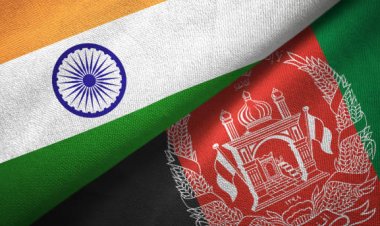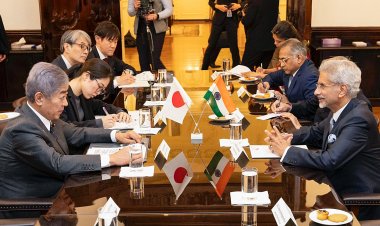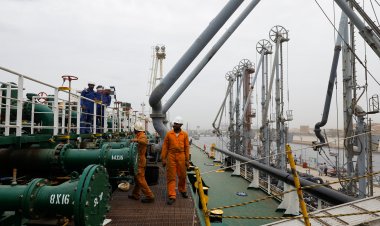China’s Other Military Buildup
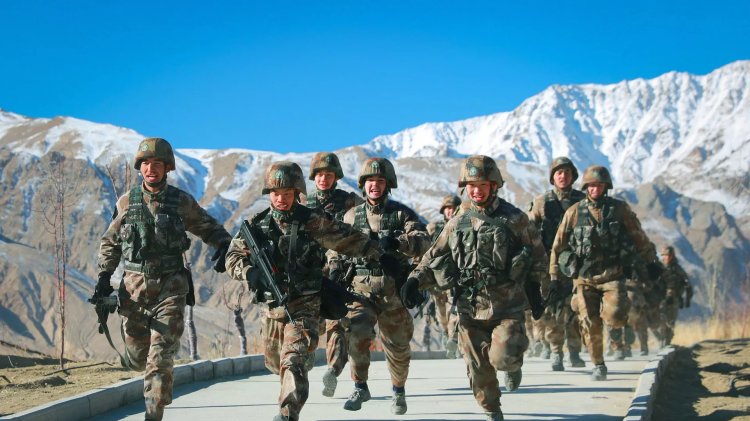
Analysis
By Dr. Abhinav Pandya
In 1998, when then-Indian defense minister George Fernandes said that China was India’s enemy number one, it disturbed many comfort zones. Following his utterance, the majority of India’s Pakistan-centric IR experts and security professionals underwent a collective delirium. However, until 2010, New Delhi could live in the artificial space of peace offered by the slew of border agreements India signed with China after 1990, firmly believing that “good economics can offset bad politics.” Post-2010, when Chinese incursions became a regular phenomenon—at Depsang, at Doklam, and finally, in the most brutal manner, at Galwan, killing twenty Indian soldiers—India’s rendezvous with the peaceful rise of China ended. With those reality checks, India’s strategic establishment emerged from its slumber to understand, analyze, and find solutions to China’s influence and intelligence operations.
Besides China’s “string of pearls” policy to encircle India with friendly states and military-naval bases, the most alarming concern for New Delhi was China’s massive dual-use infrastructural build-up in the border areas. Due to China’s opaque political and military systems, robust internet firewall, and media censorship, finding information about China’s infrastructural initiatives in open sources is highly challenging. With the help of satellite imagery, geopolitical analysts attempt to sketch the constructions in the border areas with India. However, there are severe limitations.
Airports and Helipads
One of the most crucial Chinese investments is building airports and helipads in the border areas. Beijing is upgrading the existing airports by building more runways and taxiways. Major constructions have come up in Tibet at Lhasa-Gonggar Airport, after which the Longzi Airport and Shigatse Airport have seen (or will soon see) massive infrastructure upgrades and construction. Besides, the authorities are constructing helipads wherever they can in the border areas. A large number of them are near the military establishments. Helipad constructions have been observed near the Tsona Zong army base (opposite Arunachal Pradesh, about thirty-four kilometers from the Bumla border post of India) and Sangoa (Lhasa). Since they are in the vicinity of military bases, they can be used for logistics, medical supplies, casualty evacuations, and drone launches.
Roads, Tunnels, and Bridges
China’s major focus is on constructing roads, tunnels and bridges. Additionally, the government is upgrading old roads and building new parallel expressway roads. These roads are being constructed along the border from Pangong Tso (Ladakh) to Nyingchi (opposite Arunachal Pradesh).
These roads have a particular pattern of construction suited to military uses in the event of a war.
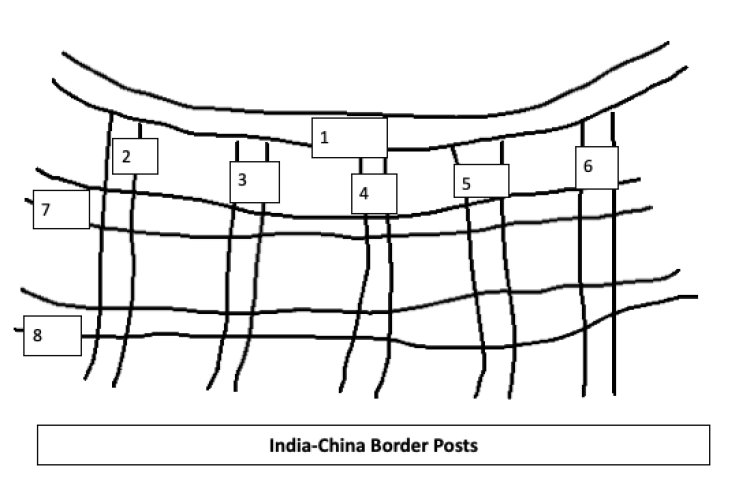
Image: Author’s Impression
In the figure given above, road No. 1 is the main highway that runs along the entire border. The main highway or expressway is connected to the border by arterial roads marked 2,3,4,5 and 6. Then, there are roads marked as 7 and 8 connecting the others. This is a general pattern, and there is no precise information about the number of arterial and connecting routes and their locations. What can be said is this: first, the pattern has immense utility in the war from a tactical point of view. The People’s Liberation Army (PLA) could easily transport equipment and artillery on these roads. With such a lattice network of roadways, the PLA could harness the full potential of their weapon systems and equipment in any border dispute scenario. Second, if the advancing Indian military blocks one artery, then Chinese troops could still reach the border posts through alternative routes. Hence, capturing and barring one or two arterial or connecting roads would have limited strategic value. Third, this pattern hands the Chinese army the element of surprise in a military clash.
On the other hand, the infrastructure on the Indian side has yet to catch up. There is most often only one major road parallel to the border. If access to the main road is blocked, it will be difficult for the armed forces to reach other border areas. These limitations will be a significant hurdle to any offensive and defensive strategy. Additionally, throughout the Tibet region, China has set up a network of 5G towers, whereas India is still building a scattered network of 3G and 4G towers. Poor mobile and internet access haunts the Indian side of the border. In China, state-owned or affiliated companies establish the communication infrastructure. Hence, China’s strategic considerations reign supreme in its border policy. In India, however, private companies run telecommunications development, ensuring that economy, viability, and profitability triumph over geopolitical concerns.
Border Welfare Villages
China is building 400 “defense villages” in the eastern Indian border sector. However, Indian military officials the author spoke with believe that the total number of border villages China intends to construct could be much higher, perhaps over 600. Chinese authorities offer the local Tibetans employment, housing, and cash payments as incentives to settle in those villages. Previously, the local Tibetans lived in scattered settlements in the mountains. Since the locals settled in the new border villages, the mountains are now open to Chinese mining companies. Notably, the Ladakh and Tibet regions host enormous deposits of rare earth minerals.
These villages serve as containment areas. By settling the local Tibetans in these villages, China exerts physical and ideological control over the local population. The whole process is aimed at cultural indoctrination and the destruction of the indigenous Tibetan heritage, values, and practices. Also, reportedly, China is recruiting and training vulnerable individuals as spies and assets. These villages also have high-quality concrete accommodations for Chinese military officers and soldiers. This arrangement can be useful during wartime, and the local population could work as porters for the PLA.
Long-Term Implications
In addition to the military use and strategic edge, this massive infrastructural development will bring a range of other benefits to China. The industrial and tourism economy will flourish, generating jobs, new markets, and economic growth. Detrimental to the indigenous culture, over time, this economic development will be instrumental in the mainstreaming and sinicizing of the local population, which will ultimately strengthen China’s hold on the region. Furthermore, the pro-China narrative around Tibet will likely gain more apparent credibility as the local villagers submit to indoctrination and the CCP way of life.
The infrastructural developments discussed above have created a sense of alarm and serious concern in the Indian strategic establishment. The general perception among the Indian strategic experts is that China can unleash a full-scale war or a significant military offensive on India as a last resort, as it has advanced asymmetric capabilities. A discussion on them is not the key focus of this piece. However, China can initiate a military offensive with India to restore credibility in the eyes of its domestic constituency, for example, if Xi Jinping faces a major credibility crisis or loss of political capital within the country. Secondly, if Beijing cannot secure its preferred outcome with regard to Taiwan, it may choose to compensate for its losses with an adventure in the Himalayan heights. Similarly, if India were to attempt to force Pakistani troops from Pakistan-occupied Kashmir, China could come to Pakistan’s rescue by opening a second front or staging limited border incursions in Ladakh and Arunachal Pradesh.
In a conflict situation, Washington would, at most, share intelligence, weapons, and equipment with New Delhi, albeit strictly according to its own strategic convenience. The intelligence would be crucial; however, the deployment of the equipment and weapon systems would be a challenging task in the rugged Himalayan terrain. Most likely, there will be procurement delays. By the time the weapon systems reach the front, the fighting will most likely be over.
Disclaimer: This paper is the author's individual scholastic contribution and does not necessarily reflect the organization's viewpoint. The article was originally published by The National Interest.





